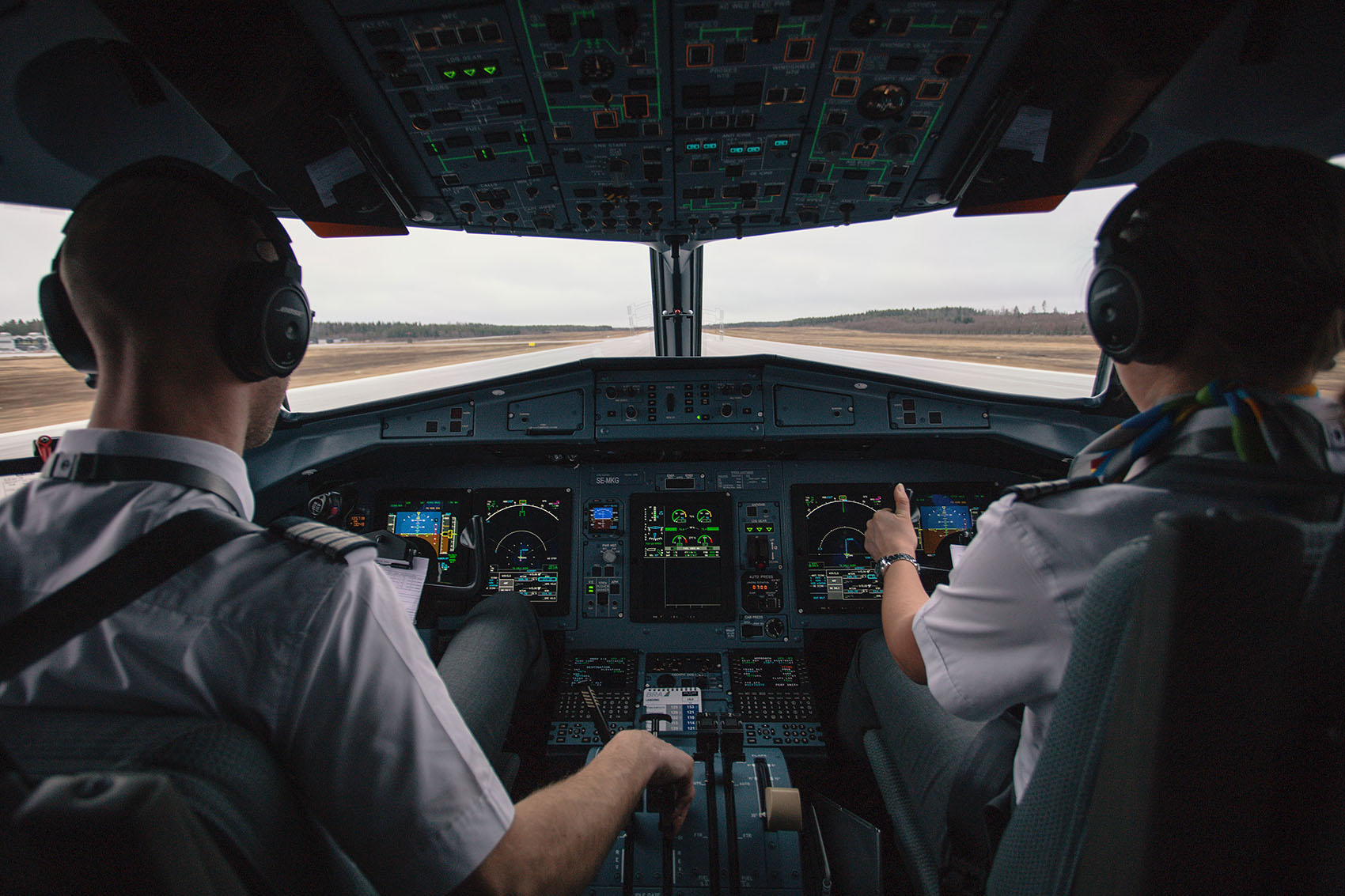
Why Choose Paid Pilot Training?
Pilot training is a significant financial investment, often ranging from $60,000 to over $150,000. For many, the cost is a barrier to entry. However, paid pilot training programs offer a way to offset or completely cover these expenses. These programs are especially attractive because:
- Airlines or organizations may sponsor or cover tuition in exchange for service commitments.
- Some institutions provide scholarships, grants, or loans.
- Training can be faster and more streamlined under a structured plan.
Paid training provides not just a chance to earn a commercial pilot license, but also a clear path to employment, sometimes with a guaranteed job offer upon completion.
Types of Paid Pilot Training Programs
1. Commercial Pilot Paid Training Programs
These are structured training initiatives aimed at producing qualified commercial pilots. Some may include:
- Ground school and simulator training
- Flight hours with certified instructors
- Multi-Engine and Instrument Rating courses
- Career placement assistance
2. Pilot Training Paid by Airline
Airlines across the world are facing pilot shortages and are now offering paid or subsidized programs to fast-track talent into the cockpit. Examples include:
- Cadet Programs: Airlines fund training and require a multi-year employment contract post-certification.
- Ab-Initio Programs: Designed for zero-experience candidates, covering all phases from private pilot license (PPL) to airline transport pilot license (ATPL).
Airlines that have previously offered such training include:
- American Airlines Cadet Academy
- Lufthansa Flight Training
- Emirates Flight Training Academy
3. Free Pilot Training by Airlines
Yes, you read that right. Some airlines offer completely free pilot training to qualified candidates. These programs are highly competitive and may include stipends for living expenses. In exchange, candidates usually agree to work for the airline for a specified duration.
How to Qualify for Airline-Sponsored Training
While each airline has its own criteria, most will assess candidates based on:
- Age (often between 18-35)
- Education (High school diploma or equivalent minimum; some require a college degree)
- English proficiency (especially for international programs)
- Medical fitness (FAA Class 1 medical certificate or equivalent)
- Aptitude and personality assessments
Some programs require an upfront assessment fee or initial deposit, but this varies.
Funding for Flight Training
In addition to airline-sponsored options, you may explore external funding for flight training, such as:
1. Scholarships and Grants
- Women in Aviation International Scholarships
- The Aircraft Owners and Pilots Association (AOPA) Flight Training Scholarships
- The EAA Young Eagles Flight Plan Scholarships
2. Veterans Affairs (VA) Benefits
If you’re a U.S. military veteran, you may be eligible for flight training benefits under the GI Bill.
3. Federal and Private Loans
Flight schools may partner with financial institutions to provide loans for tuition. Some even offer income-share agreements (ISA), allowing you to pay back a percentage of your salary post-employment.
What to Expect During Pilot Training
Regardless of who funds it, a commercial pilot training program will generally follow these stages:
- Private Pilot License (PPL)
- Instrument Rating (IR)
- Commercial Pilot License (CPL)
- Multi-Engine Rating (MER)
- Certified Flight Instructor (CFI) (optional but helpful for gaining flight hours)
- Airline Transport Pilot License (ATPL)
You will undergo classroom instruction, simulator sessions, and in-flight training.
Career Pathways After Training
Graduates from paid pilot training programs can explore roles such as:
- First Officer in regional or national airlines
- Cargo pilots
- Corporate/private jet pilots
- Charter flight operators
- Flight instructors
Career progression often leads from smaller aircraft to larger international flights, with substantial salary increases over time.
Pros and Cons of Paid Pilot Training
Pros:
- Reduced or eliminated tuition fees
- Structured learning environment
- Clear employment pathway
- Gain experience faster
Cons:
- Service commitments (usually 2-5 years)
- High competitiveness
- May require relocation
Conclusion
Paid pilot training opens the cockpit door to aspiring aviators who may have been grounded by financial barriers. Whether you choose commercial pilot paid training, seek pilot training paid by airline, or explore free pilot training by airlines, there’s an option suited for your needs. With proper planning, research, and dedication, your dream of flying can become a well-compensated career.
Start your journey today—explore the programs, apply for funding, and prepare for takeoff!
